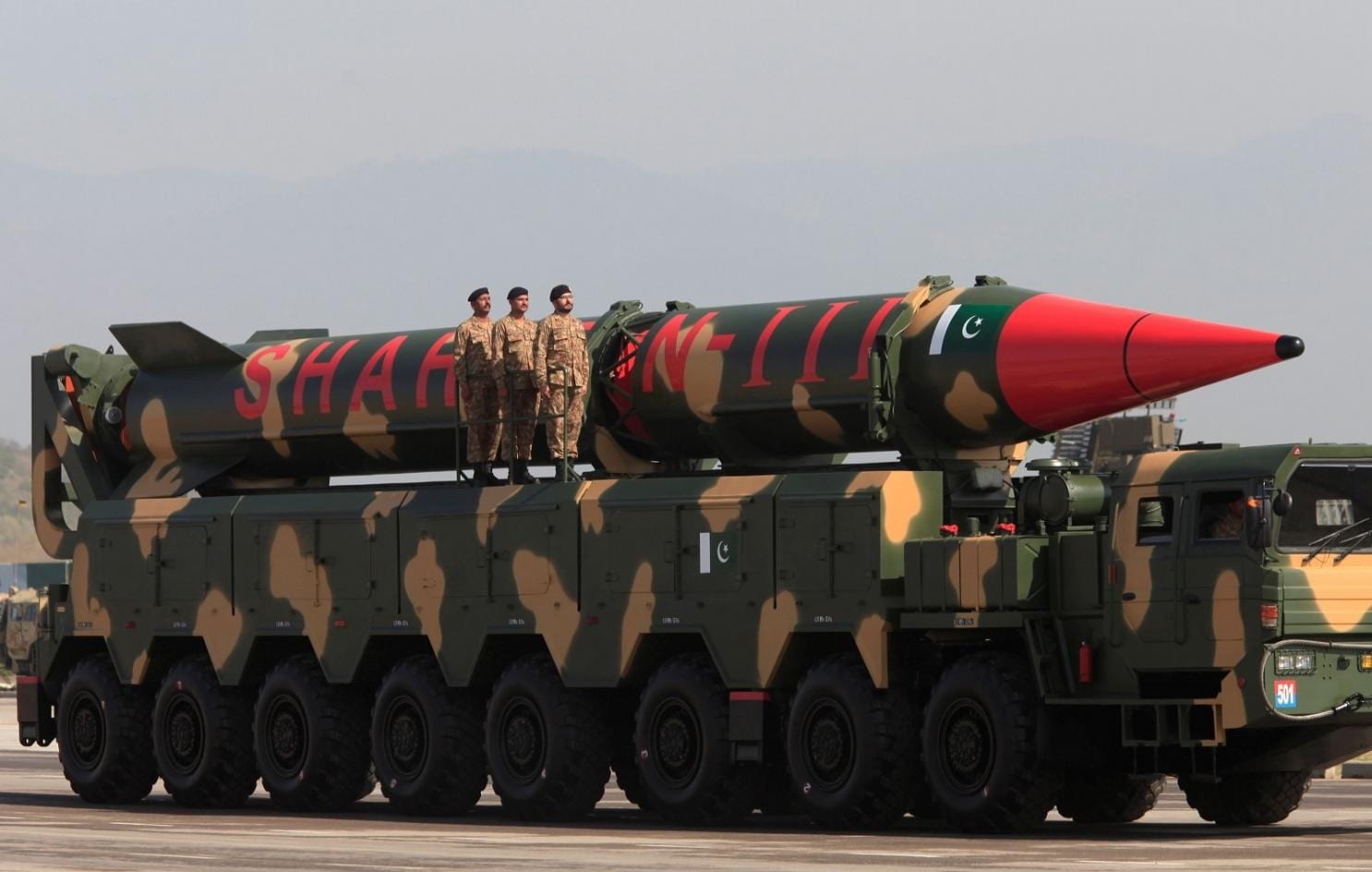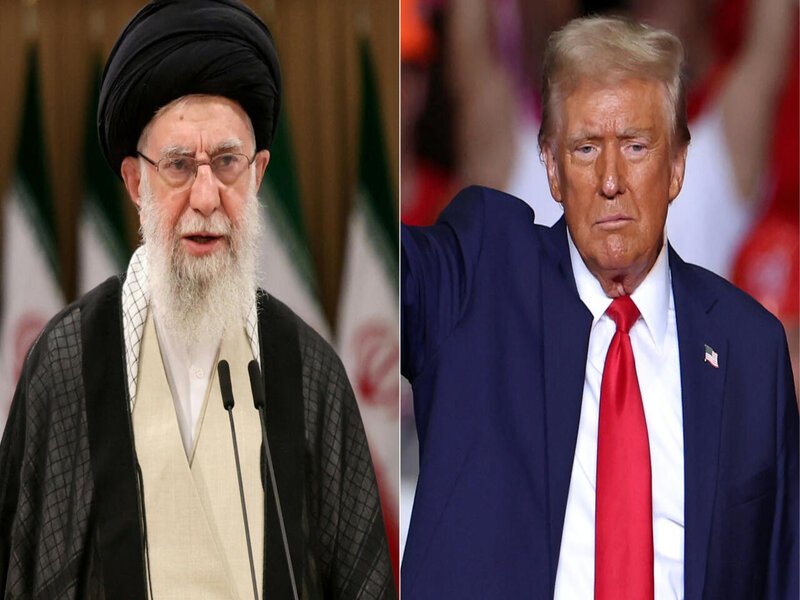The U.S. China Economic and Security Review Commission (USCC) has released a report detailing Pakistan’s military actions against India during the confrontation on May 7, claiming that Pakistan successfully targeted 109 Indian military sites. According to the report, the operation leveraged advanced Chinese weaponry and intelligence systems, which were instrumental in achieving the reported tactical outcomes. The USCC highlights that the deployment of precision-guided missiles, drone technology, and electronic warfare tools provided Pakistan with a significant advantage in carrying out coordinated strikes across multiple locations in India.
The report further asserts that Pakistan’s air force downed at least six Indian fighter jets, including Rafale aircraft, during the early stages of the conflict. It emphasizes the role of Chinese-supplied weapons systems and intelligence capabilities, suggesting that the May 7 confrontation served as a “real-world test” of the effectiveness of China’s military technology in an actual combat scenario. The USCC frames this event within the broader context of growing Chinese influence in South Asia, indicating that the collaboration between Pakistan and China could alter the regional balance of power by providing Pakistan with enhanced offensive and defensive capabilities.
Despite these claims, both Pakistan and China have officially denied providing live intelligence support or direct operational assistance during the conflict. Independent verification of the USCC’s figures, including the exact number of aircraft downed and the extent of damage to Indian military sites, remains limited. Analysts caution that while the report underscores the potential impact of Chinese military systems in regional conflicts, the actual outcomes of the May 7 confrontation are difficult to confirm due to restricted access to verifiable evidence.
The USCC’s analysis also raises broader geopolitical concerns, noting that Pakistan’s ability to integrate Chinese military technology into its operational framework could signal a shift in regional military dynamics. The report suggests that continued collaboration between Pakistan and China may enhance Pakistan’s strategic deterrence against India while simultaneously serving as a demonstration of China’s growing role as a defense technology supplier in South Asia. The findings highlight the need for policymakers to monitor evolving military capabilities, regional arms transfers, and the potential for increased escalation between the two nuclear-armed neighbors.

































